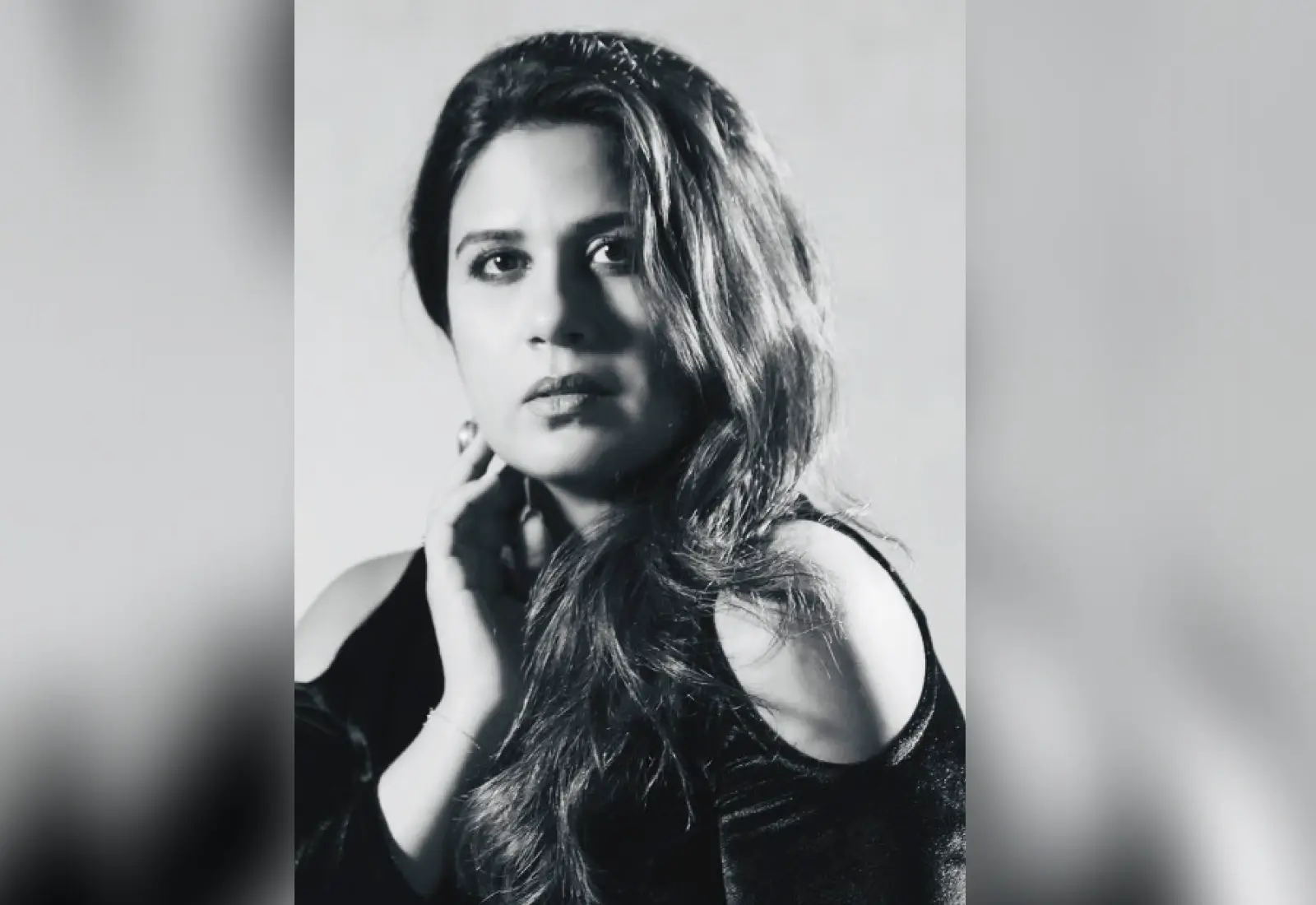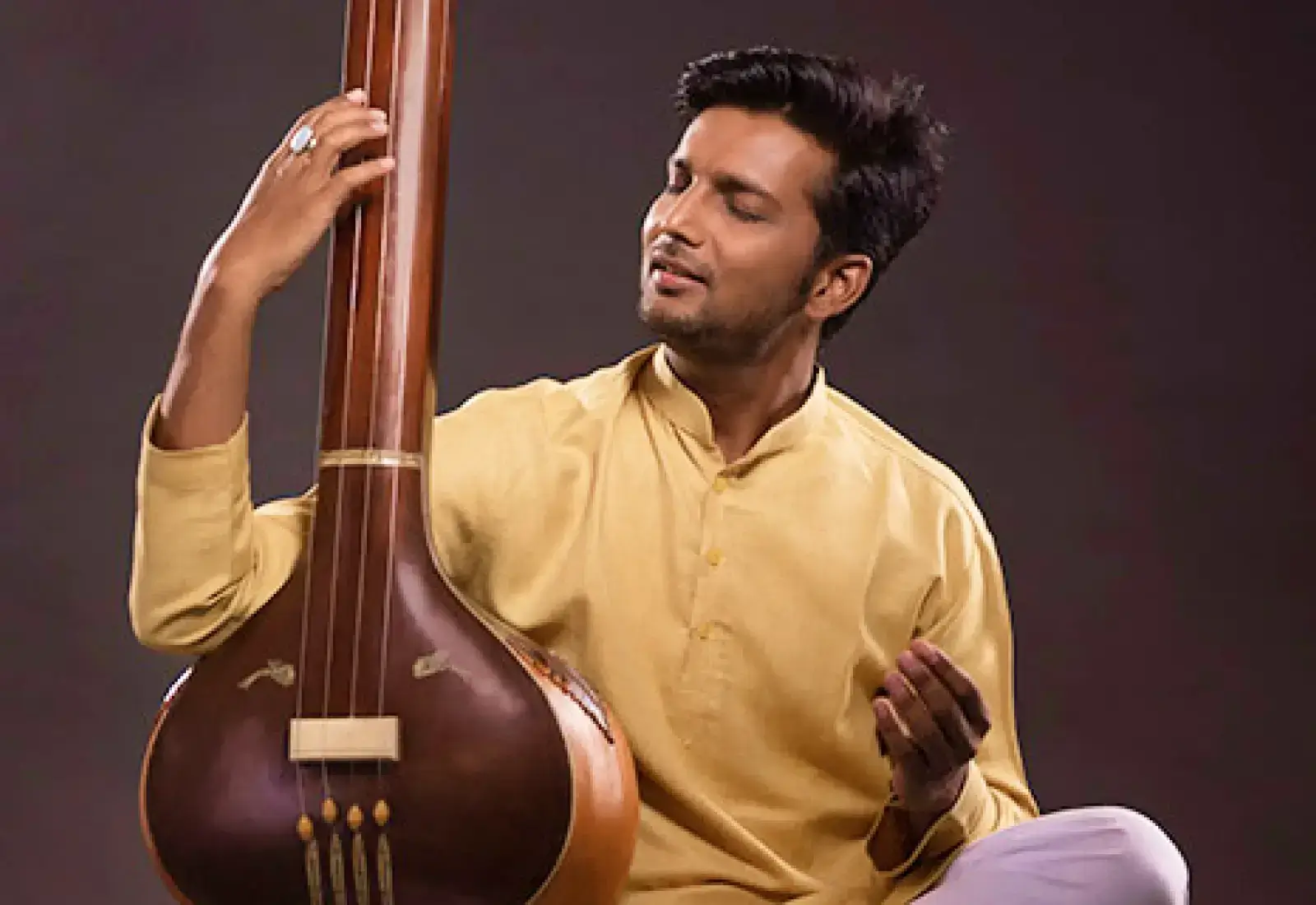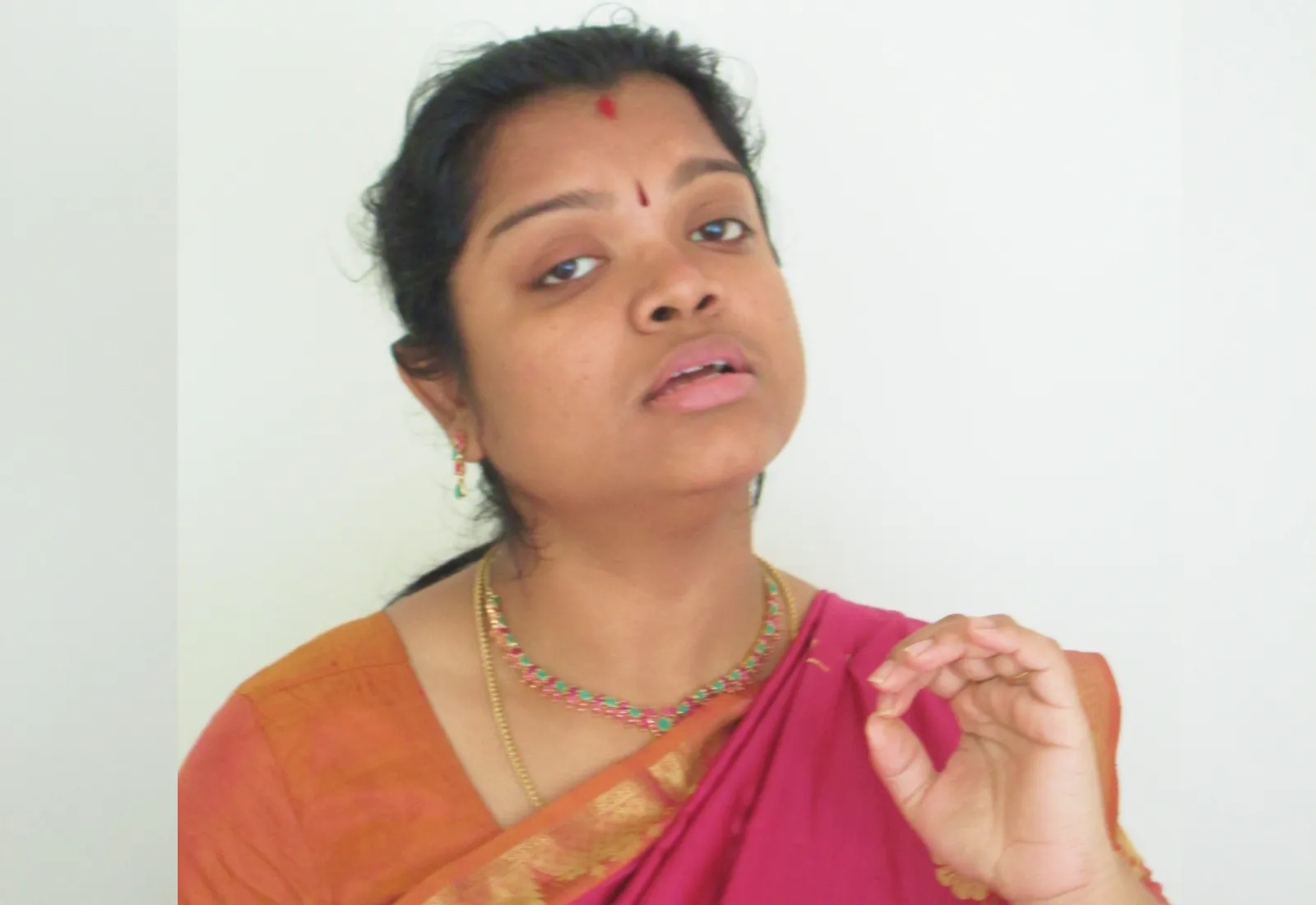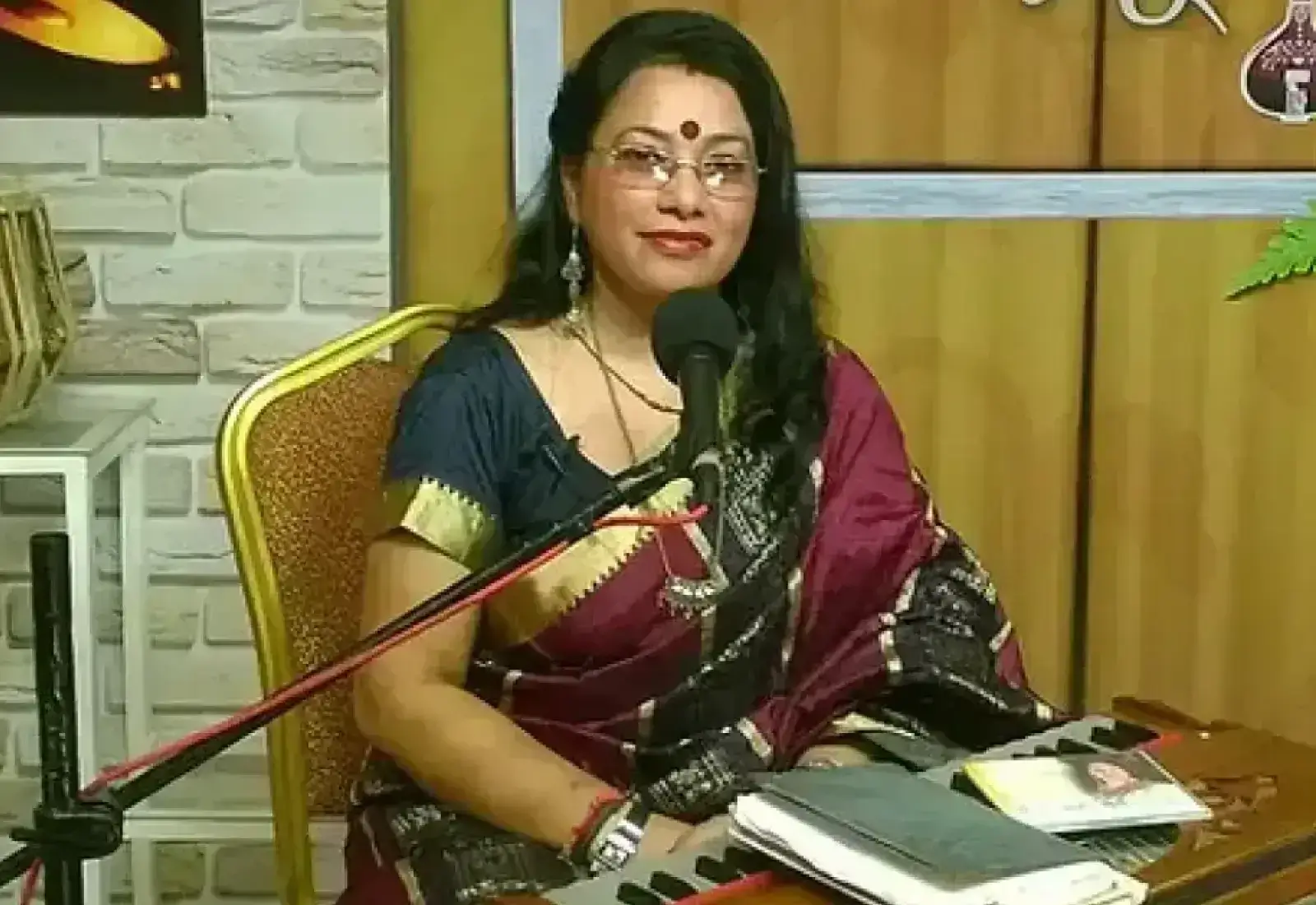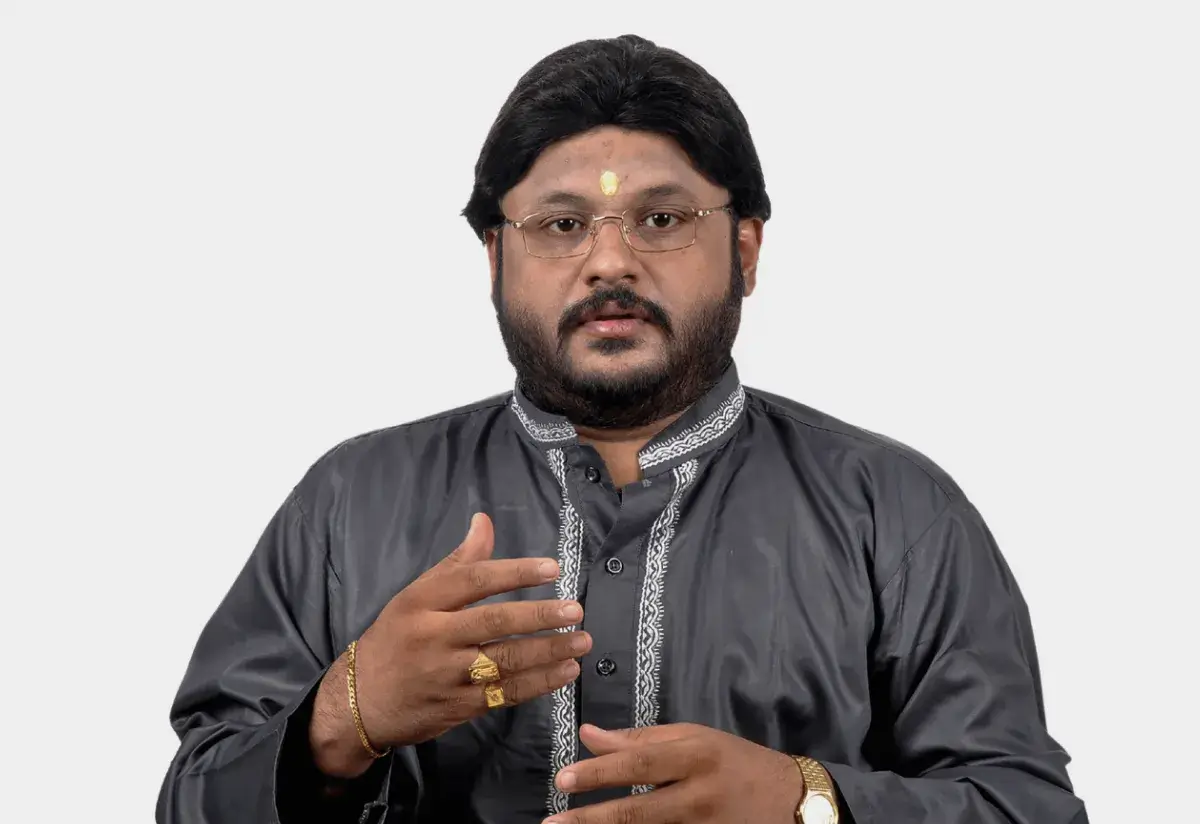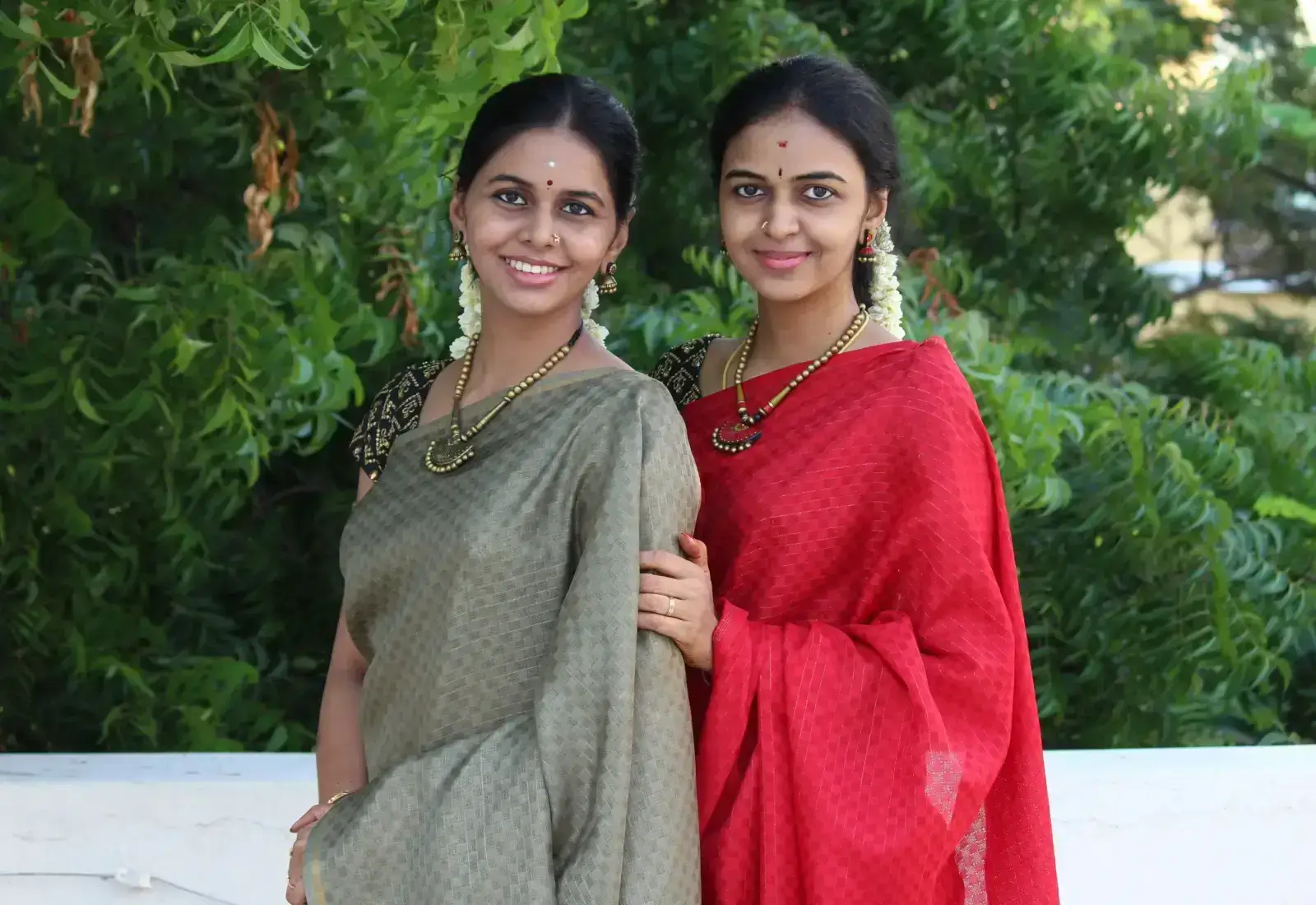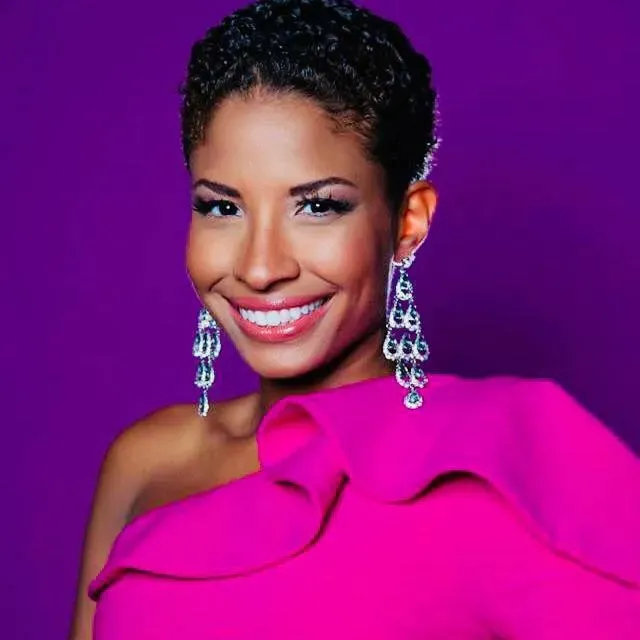Styles of Singing: 10 Types of Singing Styles and Genres to Know
The human voice is the most beautiful and versatile musical instrument. Each voice is unique in the way it receives and expresses music. It has made it possible to invent so many singing styles and musical genres. Every form of music - whether it is Jazz, Rock, or Country, has a journey of its own. In this article, we will explore some of the most popular styles of singing, vocal styles that have appealed to classes and masses alike.
10 Different Types of Singing Styles are
1. Opera
2. Musical Theatre
3. Pop
4. Country
5. Blues
6. Jazz
7. Rock
8. R&B
9. Hip-hop
10. Heavy Metal
Let's read all these different vocal styles in detail.
1. Opera
Have you ever been to an Opera? What is the experience like when the Opera singers rise to a high-pitched note and sustain their voice on that note for a very long time?
It’s like they are balancing everything - right from the stage to the entire gamut of the audience at that one point. The solo songs of the Operas - also known as arias - are a special feature of this genre.
Opera is a theatrical genre that has a predominance of music in it. Opera singing style involves various vocal techniques such as projection, breath support, resonance, and vibrato.
It also involves a lot of acting skills as the songs are a basis for storytelling, enactment, and roleplays. The Opera singers also navigate a wide vocal range that requires their voices to be flexible.
And coming back to the point where we started - Opera often requires sustained, long phrases. Singers develop the ability to sustain a beautiful, controlled sound for extended periods, requiring endurance and stamina.
These are some of the features of Opera's singing style that help to put together a theatrical performance and meet the demands of the music and the dramatic context.
2. Musical Theatre
Musical theatre is a blend of two genres - dance and opera. Like opera, it incorporates acting elements with singing that help express diverse emotions.
Musical theatre singing is a versatile and expressive style that combines elements of both classical and contemporary vocal techniques. Lyrical verses form an integral part of the narrative as well as dialogue delivery.
Singers adopt various vocal qualities and styles to portray different characters. This may involve changes in vocal tone, pitch, and phrasing to bring the character to life.
Musicals pick singing styles from traditional Broadway and classic musical theatre to more contemporary and pop-influenced sounds.
Singers adopt belts and mix vocal techniques appropriately as per the narrative's demand. Singers have to project their voices to be heard by the audience and also sing while dancing. This requires good breath support, stamina, and resonance.
3. Pop
Pop music is the music for the masses. It draws elements from rock, urban, Latin, and country music. It employs simple and catchy tunes that have a quick and wide appeal.
What sets pop singing style apart from others is its adaptability to the changing musical scenario. It is always relevant and relatable for its listeners.
Its infectious melodies and hooks quickly embed themselves in the listener's mind. The emphasis on memorable tunes contributes to the genre's broad appeal and commercial success.
The pop singing style involves vocal techniques such as the powerful and energetic full belt, mixed belt - combining elements of the chest voice (lower range) and head voice (higher range), the soft and intimate breathy singing, and the transition between different voice registers through voice break.
The best pop songs that had the crowd grooving to the tune include - Miley Cyrus’ Flowers, Tate McRee’s Greedy, and Taylor Swift’s Anti-Hero among others.
4. Country
Country music has deep roots in American folk traditions, incorporating elements from various regional styles, including Appalachian, Western, and Southern folk music.
Country music is often characterized by narrative lyrics that tell stories about everyday life, love, heartbreak, family, and rural experiences.
Many country singers use a distinctive vocal style with a "twang" that adds a unique flavor to their sound. Additionally, the pedal steel guitar and banjo contribute to the genre's characteristic twangy sound.
While storytelling is crucial, country music also places a strong emphasis on melody. Memorable and singable melodies are a hallmark of the genre. It draws elements from several subgenres such as traditional country, outlaw country, country pop, and bluegrass among others.
Country music often reflects and celebrates rural and working-class lifestyles. It explores themes such as small-town life, farming, ranching, and the challenges of everyday people. It fosters a sense of community and connection among its listeners. It speaks to shared experiences and values, creating a bond between artists and fans.
5. Blues
Blues music, with its roots deeply embedded in the African American experience, has a rich history that spans over a century.
In the late 19th century, during the era of slavery and later during the Reconstruction period, African American communities developed field hollers and work songs as forms of expression. These forms served as a means of communication, relief, and preservation of cultural identity.
Blues music often explores a range of intense and raw emotions, including sorrow, heartache, longing, and resilience. The lyrics and melodies of blues songs convey a deep emotional connection, allowing listeners to connect with the sentiments expressed by the performers.
Blues singing is characterized by its expressive and soulful vocal delivery. Singers often use techniques such as melisma, vocal slides, and variations in pitch to convey the emotional nuances of the lyrics.
A traditional aspect of blues performance is the call-and-response pattern, where a phrase sung by the vocalist is answered by an instrument or the audience.
The use of "blue notes," which involve bending or lowering the pitch of certain notes, is a distinctive feature of blues melodies. Another fundamental feature is the 12-bar blues structure, a repetitive chord progression that provides a framework for improvisation.
Blues sensibilities have had a profound impact on the development of various music genres, including rock and roll, jazz, R&B, and soul.
6. Jazz
“I see trees of green
Red roses too
I see them bloom
For me and you
And I think to myself
What a wonderful world”
Simple lyrics that touch the heart, soft music, and rhythmic beats - this popular song by Louis Armstrong encapsulates the essence of Jazz songs or vocal jazz.
Vocal jazz, a subgenre of jazz music, originated in the early 20th century and evolved as an integral part of the broader jazz tradition. Its roots can be traced back to the fusion of African-American musical styles, European harmonies, and blues sensibilities.
Musical genres such as ragtime, spirituals, and the improvisational traditions of New Orleans also left an impact on vocal jazz.
Some significant features of vocal jazz include - improvisation of melodic phrases and lyrics, scat singing, and vocal ornamentation. It has a distinct rhythmic feel known as "swing." Singers often use syncopation and rhythmic flexibility, creating a sense of groove and a swinging, propulsive rhythm.
Jazz singing frequently incorporates elements of the blues, including blue notes, expressive slides, and a soulful, emotive delivery. The blues influence contributes to the rich emotional depth of jazz vocals.
The vocal and instrumental medley is another distinctive feature. It comes out as a sort of conversation or call-and-response and trading phrases with the band. This is again an element that it draws from the blues.
Jazz singers employ a range of vocal techniques, including vibrato, legato phrasing, and dynamic variation, to convey emotion and add expressiveness to their performances.
7. Rock
Rock music emerged in the mid-20th century as a fusion of various musical styles. Rock music has its roots in rhythm and blues (R&B), country, and gospel music.
Pioneers who gave shape to this genre and popularized it include - Chuck Berry, Little Richard, and the ‘King of Rock and Roll’ - Elvis Presley.
In the following decade, several Rock bands such as The Beatles and The Rolling Stone came up. Moving ahead the genre diversified into several sub-genres including - psychedelic rock, folk rock, and garage rock.
The evolution of the rock singing style reflects the genre's ability to absorb and reinterpret diverse musical influences while maintaining its rebellious and expressive spirit.
Rock singing style is characterized by intense voice projection, expressiveness, and vocal distortions such as screams and shouts to add grit and intensity to the performance. It also follows a verse-chorus structure that engages the audience during live performances.
Rock music often features dramatic shifts in dynamics, with singers seamlessly transitioning between softer, more melodic passages and loud, anthemic choruses. This dynamic contrast contributes to the ebb and flow of rock songs.
A strong sense of beat and rhythm, incorporating stomping and clapping and involving a wide range of timbres from falsetto to chest voice and belt - are some intrinsic features of the rock singing style.
8. R&B
Rooted in African American musical traditions, Rhythm and Blues (R&B) has evolved over the years, incorporating various influences. R&B singing style is characterized by soulful expression, emotional depth, and rhythmic sophistication.
R&B, originating from a fusion of gospel, jazz, folk, and traditional blues music, developed alongside the emergence of rock 'n' roll. In later decades, R&B took a distinct path away from rock music.
Modern R&B, characterized by its reliance on keyboards, synthesizers, robust bass lines, and looped drum beats, shares more similarities with hip-hop than with rock.
Contemporary R&B tracks consistently dominate music charts, solidifying its status as one of the most commercially successful genres in today's music industry.
The singing style is marked with several vocal techniques that include - ornamentation, vibrato, transition between diverse vocal registers, and spontaneous and expressive phrasing among others.
9. Hip-Hop
Hip-hop singing is the voice of the hip-hop culture that took shape in the USA in the 1970s. Hip-hop has been a powerful platform for addressing social issues, inequality, and systemic challenges. Many hip-hop artists use their lyrics to raise awareness and advocate for positive change.
At the core of hip-hop is rap music, characterized by rhythmic and rhyming speech delivered over beats. Rap is a powerful medium for storytelling, self-expression, and social commentary.
Hip-hop thrives on innovation, often incorporating sampling—reusing elements from existing songs—to create new beats and sounds. This sampling culture has contributed to the genre's diverse musical landscape.
In the context of hip-hop singing style, a notable example that showcases innovation and the incorporation of diverse elements is Lauryn Hill's performance in the Fugees' hit song "Ready or Not" from their album "The Score" (1996).
Lauryn Hill, a member of the Fugees, seamlessly blended elements of rap and soulful singing in her verse on "Ready or Not." In this track, she demonstrates a unique hip-hop singing style by delivering rapid-fire, rhythmic verses with a melodic and soulful vocal quality.
10. Heavy Metal
Heavy metal singing style is characterized by a set of unique features that distinguish it from other vocal styles. These characteristics contribute to heavy metal music's intense, powerful, and often theatrical nature.
The ability to sing in the upper register is a defining feature of the genre. It also includes aggressive vocal techniques like screams and growls to add intensity to the music.
Heavy metal singers frequently use full-throated belting, delivering powerful and sustained notes to maintain the energy. Some heavy metal vocalists employ falsetto screams to achieve piercing and dramatic high notes. This technique adds a theatrical and dynamic dimension to the singing.
Frequent shift from soft and melodic notes to loud and aggressive vocal projections. Overall, the unique elements of heavy metal singing style contribute to the genre's distinctive sound and its ability to convey a wide range of emotions, from aggression and rebellion to epic storytelling and theatricality.
Wrapping up 10 Famous Different Singing Styles and Genres
Since time immemorial singing styles become a mode of expressing emotions, telling stories, and voicing protests. Right from the time of the rhythmic chants of the chartbusters of the present times, the diverse styles of singing have enthralled music enthusiasts across age groups and through generations.
The simplicity of country music carries the weight of tradition and nostalgia, connecting us to our roots. Blues and jazz, born from the depths of struggle and resilience, infuse their performances with raw authenticity, creating an emotional connection between the artist and the audience. Meanwhile, the rhythmic complexity of rock, pop, and hip-hop serves as a poetic reflection of contemporary urban life, speaking to a new generation in a language they understand.
Each of these genres provides an array of songs that could be your favorite too. If you aspire to learn any of these genres, you could find some good options in online western music lessons.




